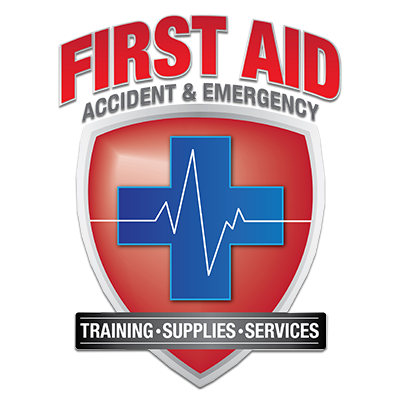Everyone hears of the “old wives’ tales” on how to deal with some first aid scenarios. Well, we’re here to set the record straight and make sure you respond to these situations in the correct way!
HEAT ON A ROLLED ANKLE – Putting heat on an ankle injury is one of the worst things you can do! Heat actually increases swelling and can keep the injury from healing as quickly as it could. Apply ICE to the affected area (with a thin barrier between the ice and skin) for about 20 minutes.
TIPPING HEAD BACK TO STOP A BLOOD NOSE – It’s almost a reflex reaction but doesn’t actually stop the blood flow. Pinch the soft part of your nose to try to stem the bleeding. If the bleeding doesn’t stop within 15 minutes, seek professional aid.
PUTTING BUTTER ON A BURN – This can actually inhibit treatment from a medical professional as the butter will act as a shield. The first response for burns is placing the afflicted area under cold running water for about 20 minutes and cover with a clean cloth or wrap to prevent infection. Contact an ambulance if the burn is serious.
URINATING ON A JELLYFISH STING – This one has been in quite a few movies. However, the most effective way to deactivate the venom is by applying vinegar. Bluebottles are slightly different – wash the area with sea water and immerse the area in hot water for about 20 minutes.
SUCKING OUT SNAKE VENOM – Another favourite of Hollywood’s but the reality is that no one should ever attempt to suck the venom out of a wound. Applying compression bandaging to the bitten area and immediately calling an ambulance is the way to go!
Remember if you have any doubt about anything, it’s always best to seek immediate medical attention! Would you know what to do? Check out our first aid courses available to book online!


